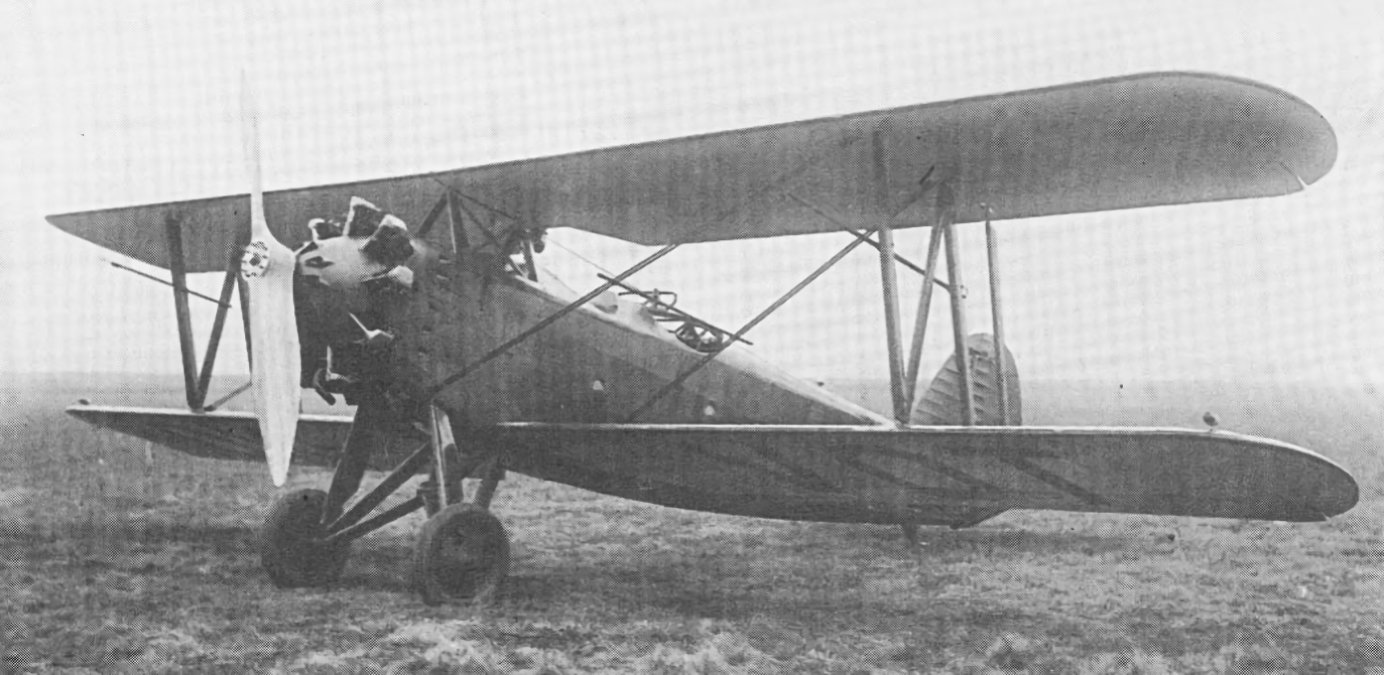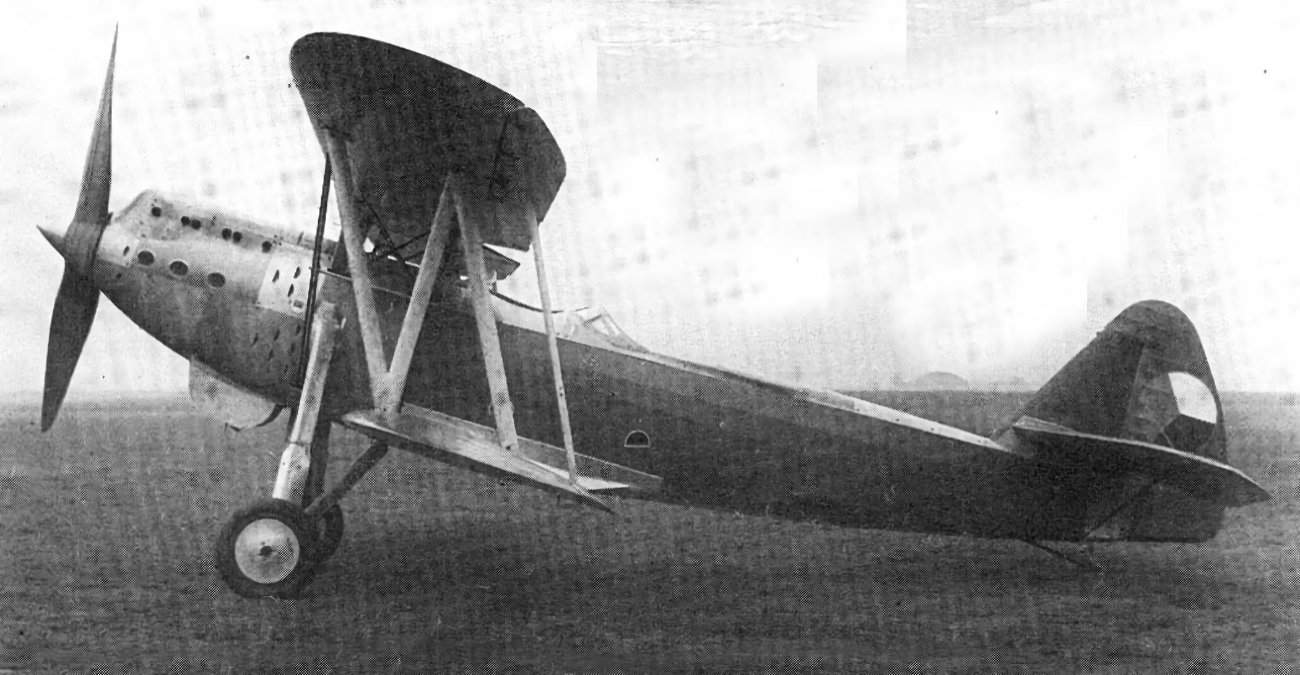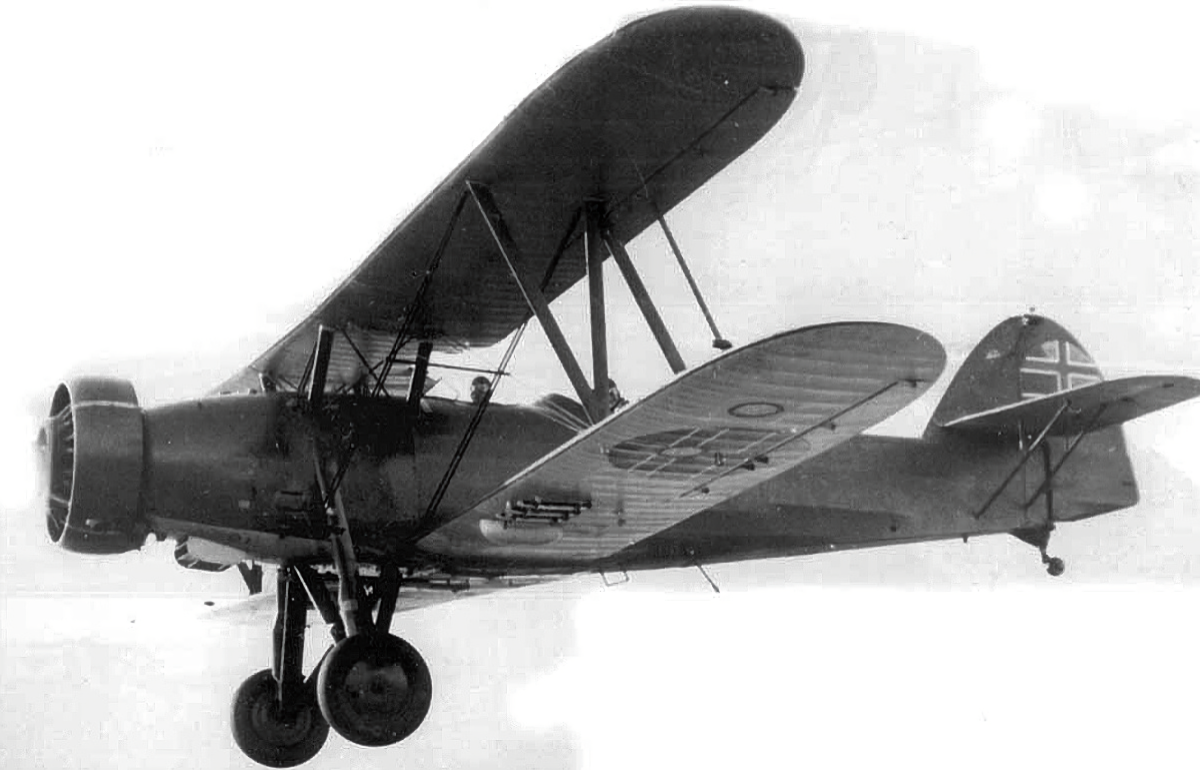Tag: Military
-
Letov S-128

Letov S-128 Developed from the underpowered Letov S-28, the S-128 had a strengthened forward airframe and more powerful Walter Jupiter VI engine of 330 kW. Although it failed to meet military requirements, it was ordered into production, primarily to keep the factory busy. A total of 12 production aircraft were built. Read more
-
Letov S-428

Letov S-428 Powered by an Avia VR-36 V-12 liquid-cooled inline piston engine of 740 hp, the Letov S-428 was a close support version of the Letov S-328. Only one prototype was built. Read more
-
Letov S-328

Letov S-328 Initially developed for a Finnish requirement for a two seat biplane reconnaissance, the Letov S-28 first flew in 1929. Although not taken up by the Finish Air Force, Czechoslovakia bought 12 production Letov S-128s. These were followed by 4 S-228s for Estonia which were delivered in 1932. Production then shifted to the main… Read more